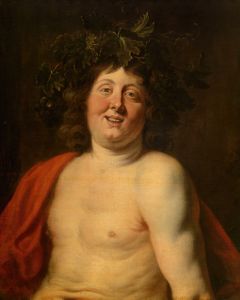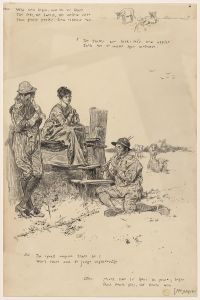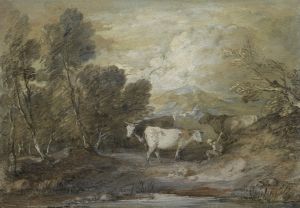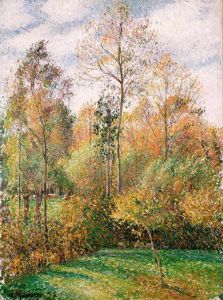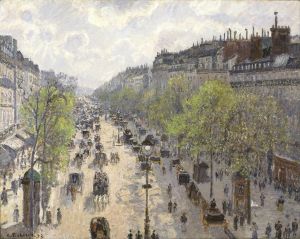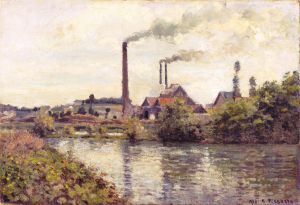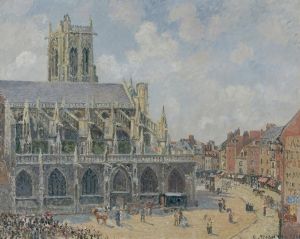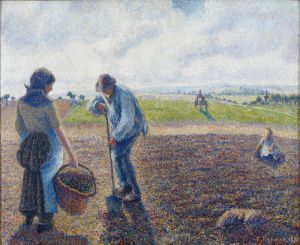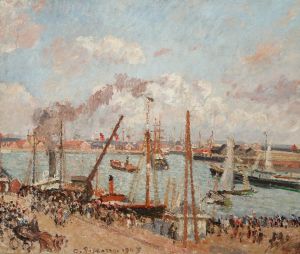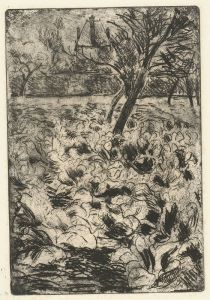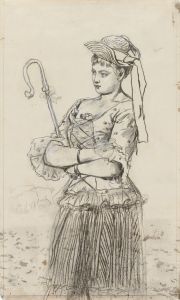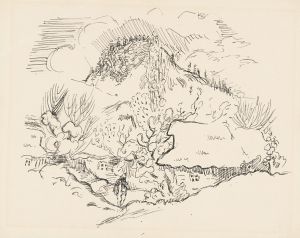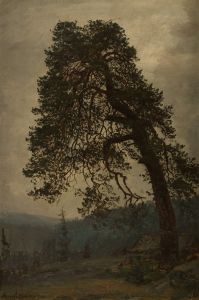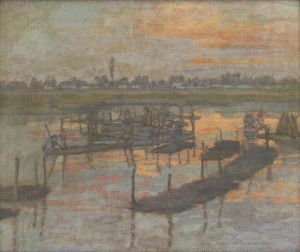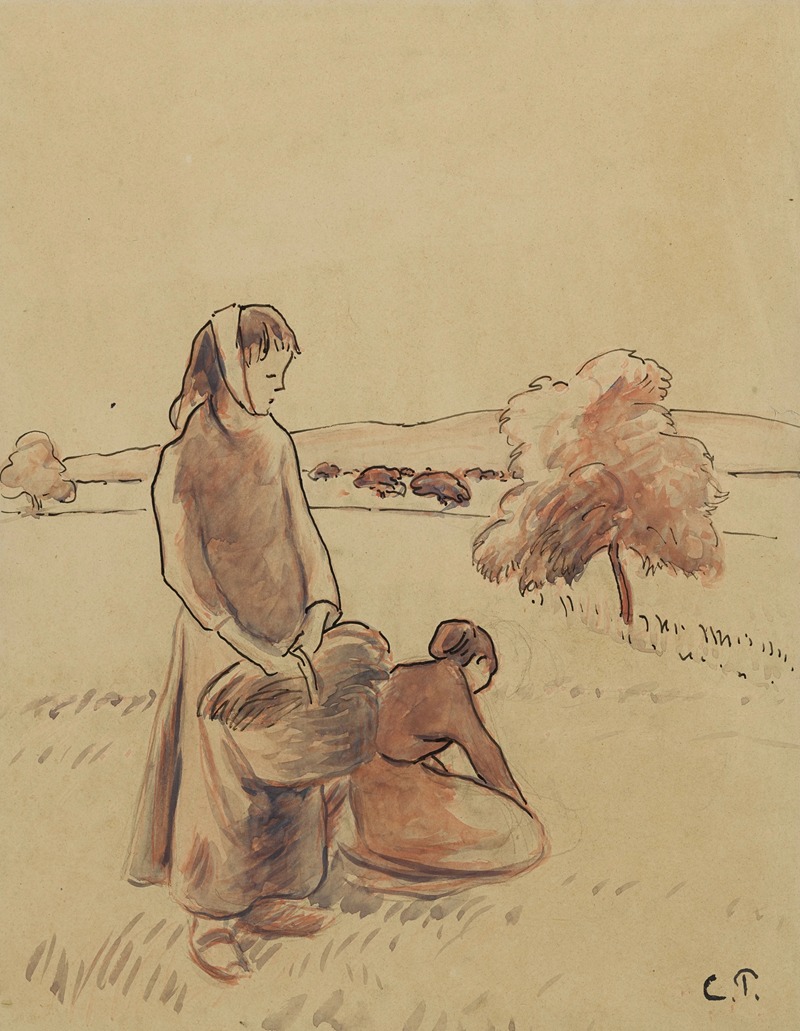
Paysannes à l’herbe
A hand-painted replica of Camille Pissarro’s masterpiece Paysannes à l’herbe, meticulously crafted by professional artists to capture the true essence of the original. Each piece is created with museum-quality canvas and rare mineral pigments, carefully painted by experienced artists with delicate brushstrokes and rich, layered colors to perfectly recreate the texture of the original artwork. Unlike machine-printed reproductions, this hand-painted version brings the painting to life, infused with the artist’s emotions and skill in every stroke. Whether for personal collection or home decoration, it instantly elevates the artistic atmosphere of any space.
"Paysannes à l’herbe" (Peasant Women in the Grass) is a painting by the French artist Camille Pissarro, created in 1883. Pissarro was a key figure in the Impressionist movement, known for his depictions of rural life and his innovative use of color and light. This particular painting exemplifies his interest in the daily lives of peasants and his commitment to portraying them with dignity and respect.
The painting depicts two peasant women sitting in a field of grass, engaged in what appears to be a moment of rest or conversation. The women are dressed in simple, modest clothing typical of rural workers of the time. One woman is seated with her back to the viewer, while the other faces slightly to the side, allowing a glimpse of her profile. The setting is a lush, green landscape, with the grass rendered in varying shades of green to capture the play of light and shadow.
Pissarro's technique in "Paysannes à l’herbe" reflects his mastery of the Impressionist style. He uses loose, quick brushstrokes to convey the textures of the grass and the women's clothing, creating a sense of immediacy and movement. The light in the painting is soft and diffused, suggesting a calm, serene atmosphere. This use of light and color is characteristic of Pissarro's work, as he often sought to capture the transient effects of natural light in his paintings.
The composition of the painting is simple yet effective, focusing on the figures of the women and their interaction with the landscape. Pissarro's choice to depict peasants in a natural setting was part of a broader trend among Impressionist artists to move away from traditional, academic subjects and instead focus on contemporary life and ordinary people. This approach was revolutionary at the time and helped to redefine the boundaries of fine art.
Camille Pissarro was born on July 10, 1830, on the island of St. Thomas in the Danish West Indies (now the U.S. Virgin Islands). He moved to Paris in 1855, where he became involved with the avant-garde art scene. Pissarro was a central figure in the Impressionist movement, participating in all eight of the group's exhibitions between 1874 and 1886. He was known for his collaborative spirit and his willingness to experiment with different techniques and styles.
"Paysannes à l’herbe" is part of Pissarro's extensive body of work that focuses on rural scenes and the lives of peasants. His paintings often depict the labor and leisure of rural workers, highlighting their connection to the land and the rhythms of nature. Pissarro's sympathetic portrayal of peasants was influenced by his anarchist beliefs, which emphasized the dignity and worth of all individuals, regardless of their social status.
Today, "Paysannes à l’herbe" is recognized as an important example of Pissarro's work and the broader Impressionist movement. The painting is held in the collection of the Musée d'Orsay in Paris, where it continues to be admired by visitors from around the world. Pissarro's legacy as a pioneering artist and a compassionate observer of rural life endures, and his paintings remain a testament to his skill and vision.





